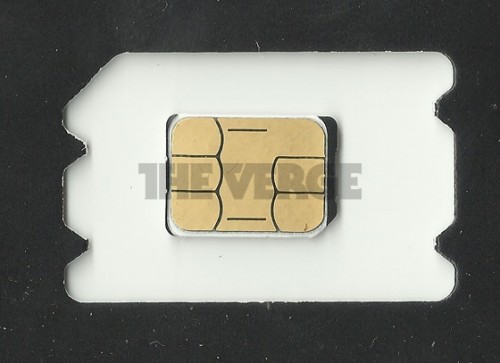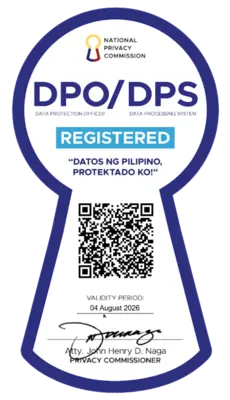ADVERTISEMENT
Filtered By: Scitech
SciTech
Your SIM card is about to get even smaller: 'nano' format gets ETSI nod
Expect future mobile phones to get slimmer and smaller, now that the European Telecommunications Standards Institute (ETSI) has standardized a new form factor for a "nano" subscriber identity module (SIM) card.
The ETSI, which produces global standards for Information and Communications Technologies (ICT), said the new card is 40 percent smaller than the current smallest design.

The new nano-SIM card design, placed inside the outline of a standard mini-SIM card for size reference. (Photo credit: The Verge)
"The fourth form factor (4FF) card will be 40 percent smaller than the current smallest SIM card design, at 12.3 mm wide by 8.8 mm high, and 0.67 mm thick. It can be packaged and distributed in a way that is backwards compatible with existing SIM card designs. The new design will offer the same functionality as all current SIM cards," ETSI said.
ETSI's Smart Card Platform Technical Committee agreed on the new form factor at its 55th meeting held on May 31 and June 1 in Osaka, Japan.
It noted that today's SIM card designs take up a significant amount of space inside mobile devices.
Such space is more and more valuable in today's handsets which deliver an ever increasing number of features, it added.
"The SIM is the most successful smart card application ever. A SIM card is used to securely associate a mobile device with a customer account, preventing fraud and ensuring that calls are correctly routed to customers. It is an essential security feature of mobile networks, and is integrated into every GSM, UMTS and LTE device," ETSI said.
Over 25 billion SIM card and derivatives have been produced so far, and the industry continues to issue over 4.5 billion SIM cards each year, it added.
The new form factor was adopted by industry with the involvement of major mobile network operators, smart card suppliers and mobile device manufacturers.
ETSI said the new design will be published in ETSI's TS 102 221 specification.
The ETSI is an independent association with more than 700 member companies and organizations, drawn from 62 countries across five continents.
A separate article on The Verge said a number of proposals had been discussed, resulting in conflict between the major mobile manufacturers.
"Motorola, Nokia, and RIM, all opposed a design put forward by Apple, arguing their design is technically superior and less likely to cause handset damage when inserted," it said.
The Verge said both Apple's design and the more recent Motorola/RIM compromise design share the same exterior dimensions.
But the update submitted by Apple's competitors includes an extra notch to enable so-called "push-push" mechanisms in SIM slots that wouldn't necessitate a tray.
However, another article on Apple enthusiast site MacRumors cited an IDG News Service report showing Apple's design was indeed the winning standard. — TJD, GMA News
More Videos
Most Popular




